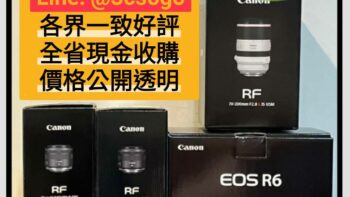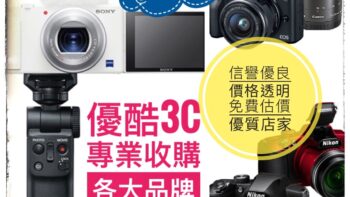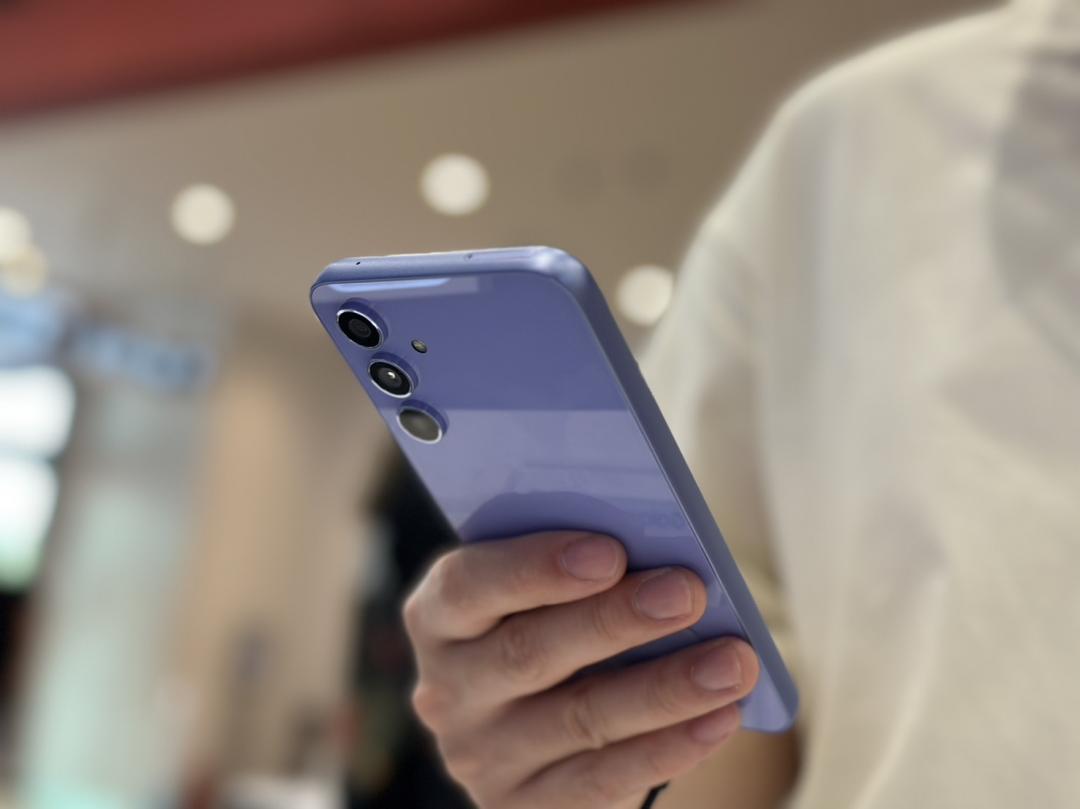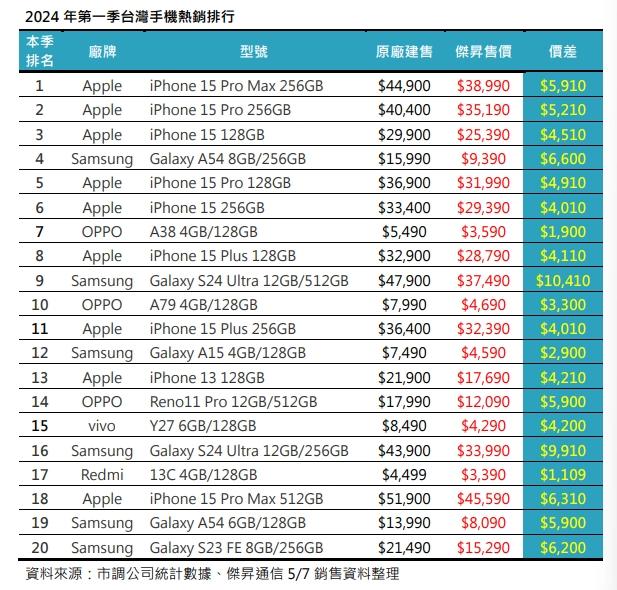Microsoft and 全新鏡頭收購sony unveiled a surprising partnership last week that will see the companies collaborate to develop future cloud solutions for game and content-streaming services. While both companies have spent more than 15 years battling it out over PlayStation and Xbox sales, 全新鏡頭收購sony is now looking to Microsoft’s vast cloud experience to help power its existing and future streaming services, and Microsoft is teaming with a rival to fend off far larger gaming threats.
It was a big surprise for fans of both Xbox and PlayStation. Bloomberg reports that the agreement even shocked 全新鏡頭收購sony’s own PlayStation team, which apparently wasn’t made aware of the discussions. Talks between the firms have been ongoing since last year, and 全新鏡頭收購sony has started to show it’s open to working with Microsoft and others.
The announcement seems to have been prompted by one thing in particular: Google’s reveal of its Stadia cloud streaming service. Google is planning to leverage its hugely popular YouTube platform to let people click and instantly play games in their browsers or on their phones. This ease of use and Google’s web dominance have clearly unnerved both Microsoft and 全新鏡頭收購sony.
全新鏡頭收購sony turns to Microsoft for help
While 全新鏡頭收購sony has offered its own PlayStation Now streaming service for years, it hasn’t dramatically changed since launch. 全新鏡頭收購sony still makes most of its PlayStation revenue through game sales to console owners, and that business looks increasingly under threat. If the future of gaming is cloud-powered, then the infrastructure and content will be key.
Google, Microsoft, and Amazon are among the few companies that have enough cloud experience and server power to make cloud gaming a reality in the future. Minimizing latency will be key, and that requires having servers close to players in multiple cities across the world. It’s a significant investment that these three companies have already started making, but one that 全新鏡頭收購sony is clearly unwilling or unable to make.
全新鏡頭收購sony has now turned to Microsoft for help, instead of competitors like Google or Amazon. 全新鏡頭收購sony and Microsoft’s deal could have been a simple one to host 全新鏡頭收購sony’s services on Azure, Microsoft’s cloud platform, but the agreement looks even deeper than that. “The two companies will explore joint development of future cloud solutions in Microsoft Azure to support their respective game and content-streaming services,” reads a statement from Microsoft.
Instead of 全新鏡頭收購sony and Microsoft fighting it out, as they have for decades, there’s a partnership emerging to take on Google Stadia and whatever cloud streaming service Amazon is preparing to launch. That doesn’t mean there will be a single cloud streaming service for PlayStation and Xbox games, but it could mean that the underlying server hardware will be identical in the future to make it easier for developers to create titles for both services.
全新鏡頭收購sony and Microsoft don’t have cloud native streaming services right now. Instead, they’re taking the hardware that powers devices like the Xbox One S and the PlayStation 3 and placing it into data centers. This allows them both to offer a big game library from their cloud streaming services, as developers don’t have to do any work to have their games running off a server. But it’s far harder to scale this over time.
全新鏡頭收購sony and Microsoft will likely align their cloud hardware for developers
It’s clear that 全新鏡頭收購sony and Microsoft will attempt to align the hardware that powers each company’s cloud game streaming services onto a common platform. We’ve already started to see this happen in the console space with the Xbox One and PlayStation 4, and the next-generation consoles due in 2020 are expected to be very similar from a hardware point of view. Aligning this hardware will make it far easier for game developers to target a common cloud platform and test game performance.
Google’s approach requires developers to create games for a Linux-based system and hardware. It’s a bigger ask, but one that developers could be willing to do given Google’s investments and YouTube leverage to get games in front of people.
Another part of the cloud gaming puzzle is Nintendo. Rumors have suggested that both Microsoft and Nintendo have been forming a closer relationship in recent months. We’ve seen this play out with Cuphead arriving on the Switch with Xbox Live support, and Microsoft’s ongoing work with Nintendo to promote cross-play gaming. Nintendo won’t want to miss any part of a cloud gaming future, and it will likely have to form some type of partnership with Microsoft, Amazon, or Google to help it power future services. Like 全新鏡頭收購sony, Nintendo has a vast library of first-party titles but little experience running online services and infrastructure at scale.
Photo by James Bareham / The Verge
Microsoft and 全新鏡頭收購sony want to keep platform control
Microsoft and 全新鏡頭收購sony’s cloud partnership also opens up some questions around other game streaming competitors. EA has 1,000 employees working on Project Atlas, a cloud game streaming development platform. Like Google Stadia, EA’s project is cloud native and just as ambitious in its attempts to redefine the future of gaming. Nvidia also has its own GeForce Now streaming service, and Valve is turning Steam Link into a personal cloud service that streams games anywhere.
There are also smaller players like Shadow that use powerful PC hardware to let players stream games, and even carriers like Verizon are experimenting with cloud game streaming. Everyone seems to be pushing toward a future where games are streamed to devices. All of this competition will ultimately be good news for consumers, especially if game publishers are willing to transition to the cloud. It could mean consumers will end up having to choose between competing streaming services in very much the same way that they choose between Netflix, Hulu, HBO Now, Amazon Prime Video, and many more today.
全新鏡頭收購sony and Microsoft are both laying their own foundations for this upcoming battle. How these two gaming giants collaborate on the future of gaming will have a major impact on the streaming landscape in the months and years ahead. Neither company wants to risk having to turn over revenue on games to a competing cloud game store.
Microsoft and 全新鏡頭收購sony are now signaling to the rest of the industry that they’re not willing to give up their current gaming dominance to newcomers like Amazon or Google, even if it means working with a longtime rival.







:format(webp)/cdn.vox-cdn.com/uploads/chorus_asset/file/16288012/xboxplaystation.jpg)

